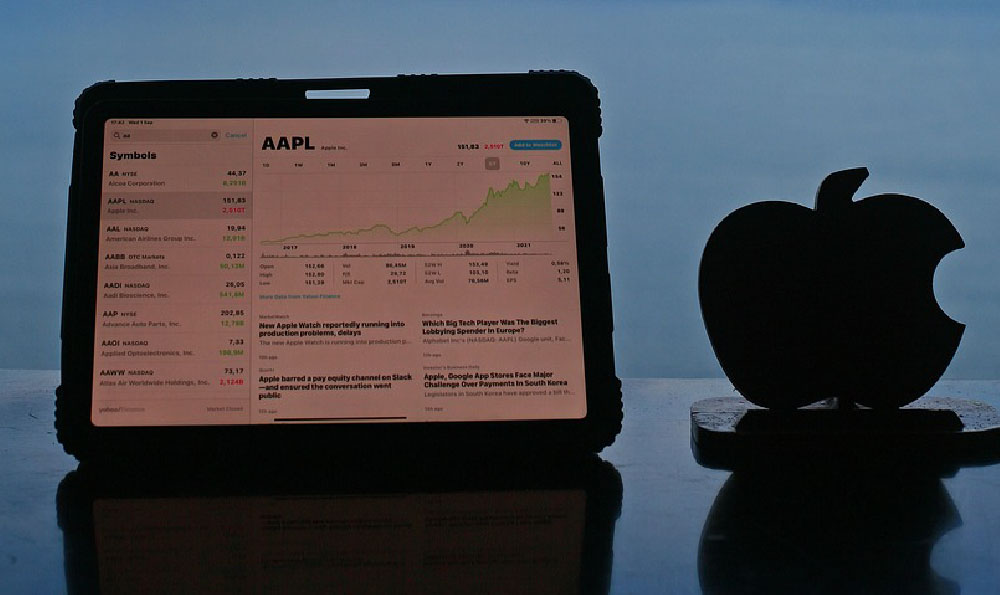NFL owners amass their wealth through a multifaceted approach that combines revenue generation from the league, savvy business practices within their individual teams, and the appreciation of the franchise's value itself. The sustainability of this financial model, while seemingly robust, faces evolving challenges and requires constant adaptation to maintain its profitability in the long term.
At the core of NFL owners' income lies the league's immense revenue streams. The NFL enjoys unparalleled broadcasting deals with major television networks, representing the largest share of the league's income. These deals guarantee a significant inflow of money regardless of individual team performance. The league distributes these television revenues equally among all 32 teams, fostering a level playing field financially, even though competitive balance may be debated. This revenue sharing provides even the smaller market teams with substantial financial resources. This shared revenue model is a cornerstone of the NFL's success and a critical element in ensuring franchise profitability.
Beyond television, the NFL generates substantial income from sponsorships and merchandise. National sponsorships with major corporations are negotiated at the league level and distributed similarly, further boosting team revenues. Individual teams also secure their own local sponsorships, providing an additional income stream tailored to their market. Merchandising, from jerseys to collectibles, contributes significantly to the overall revenue pie, with a portion allocated to the teams.

Individual NFL teams contribute significantly to the wealth of their owners through a combination of ticket sales, stadium revenue, and local sponsorships. The capacity of a stadium and the demand for tickets in a particular market dramatically impacts ticket revenue. Premium seating options like suites and club levels command significantly higher prices, generating a larger profit margin. The ability to consistently fill the stadium, regardless of the team's win-loss record, is a key indicator of a strong market and a loyal fan base.
Beyond ticket sales, stadiums offer a range of revenue-generating opportunities. Concessions, parking, and retail sales all contribute to the bottom line. Owners can increase revenue by enhancing the fan experience, offering diverse food options, and creating engaging pre-game and halftime entertainment. Luxury boxes and premium seating generate higher revenue and provide exclusive experiences for fans. Naming rights deals, where corporations pay for the right to have their name associated with the stadium, also provide significant income. Furthermore, many NFL stadiums are now multi-purpose venues, hosting concerts, festivals, and other events throughout the year, further diversifying revenue streams.
The true wealth of an NFL owner often stems from the appreciation in the value of their franchise. NFL teams are highly sought-after assets, and their value has historically risen dramatically over time. Factors driving this appreciation include the league's overall popularity, media deals, the team's location, stadium quality, and on-field success. Limited availability - only 32 teams exist - creates a competitive market when a team becomes available, often leading to bidding wars and inflated prices. The perceived prestige and cultural significance associated with owning an NFL team also contributes to its value.
The long-term sustainability of this financial model, however, is not guaranteed and faces several challenges. The growing concern over player safety and the long-term health risks associated with playing football have led to increased scrutiny and potential liability. This could impact the league's image and potentially affect fan engagement. Negotiating new collective bargaining agreements with the NFL Players Association (NFLPA) is always a challenge, as players seek a larger share of the revenue and improved benefits. The increasing cost of healthcare and potential concussion-related settlements could significantly impact team profitability.
Another challenge is maintaining fan engagement in a rapidly changing media landscape. The proliferation of streaming services and alternative forms of entertainment pose a threat to traditional television viewership, the NFL's primary revenue source. The league must adapt to changing viewing habits by offering its content on multiple platforms and engaging with fans through social media and other digital channels. The rising cost of attending games, including tickets, parking, and concessions, also poses a challenge. Owners need to find ways to make the game more accessible and affordable for the average fan.
Furthermore, the political and social climate can also influence the NFL's financial success. Issues such as social justice, kneeling during the national anthem, and concerns about racial inequality have sparked controversy and impacted viewership for some. Navigating these complex issues and responding to fan concerns is crucial for maintaining the league's positive image and ensuring long-term sustainability.
In conclusion, NFL owners generate wealth through a diverse portfolio of revenue streams, from lucrative broadcasting deals and national sponsorships to local ticket sales and stadium revenue. The appreciating value of the franchise itself is often the most significant source of wealth. While the NFL's financial model has proven remarkably successful, its sustainability hinges on addressing the evolving challenges related to player safety, changing media consumption habits, and navigating complex social and political issues. Owners must adapt and innovate to maintain their profitability and ensure the long-term success of the league. The future of NFL ownership depends on striking a balance between maximizing revenue and preserving the integrity and appeal of the sport.












